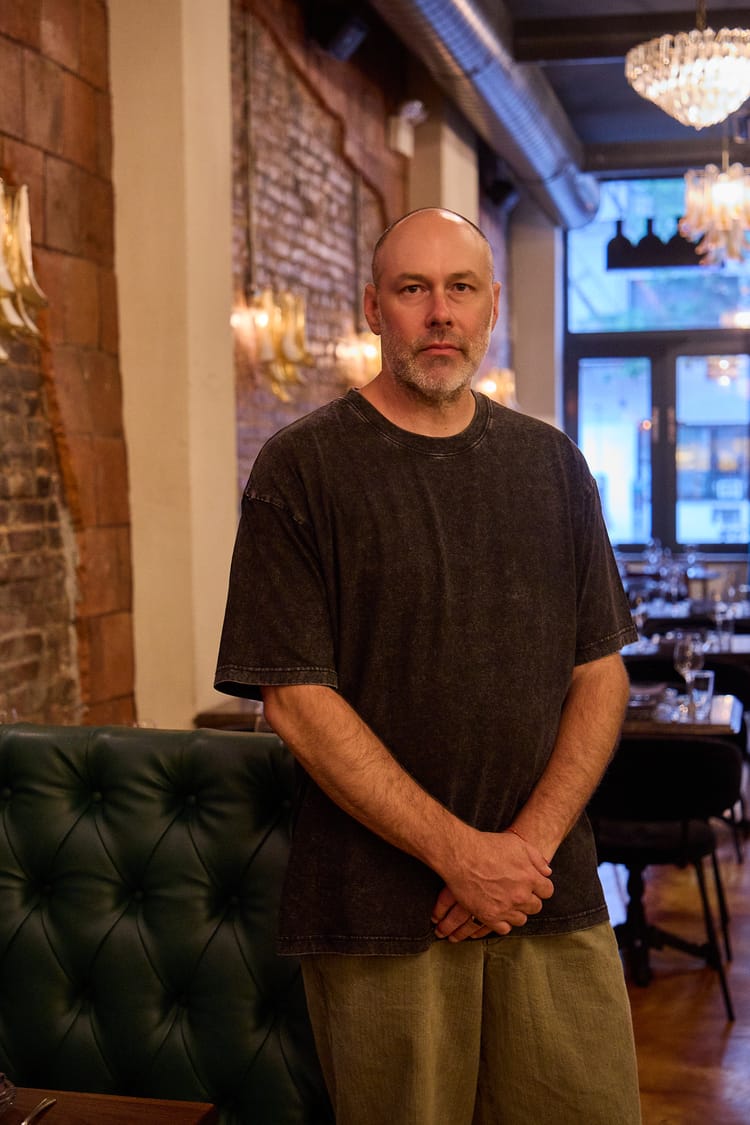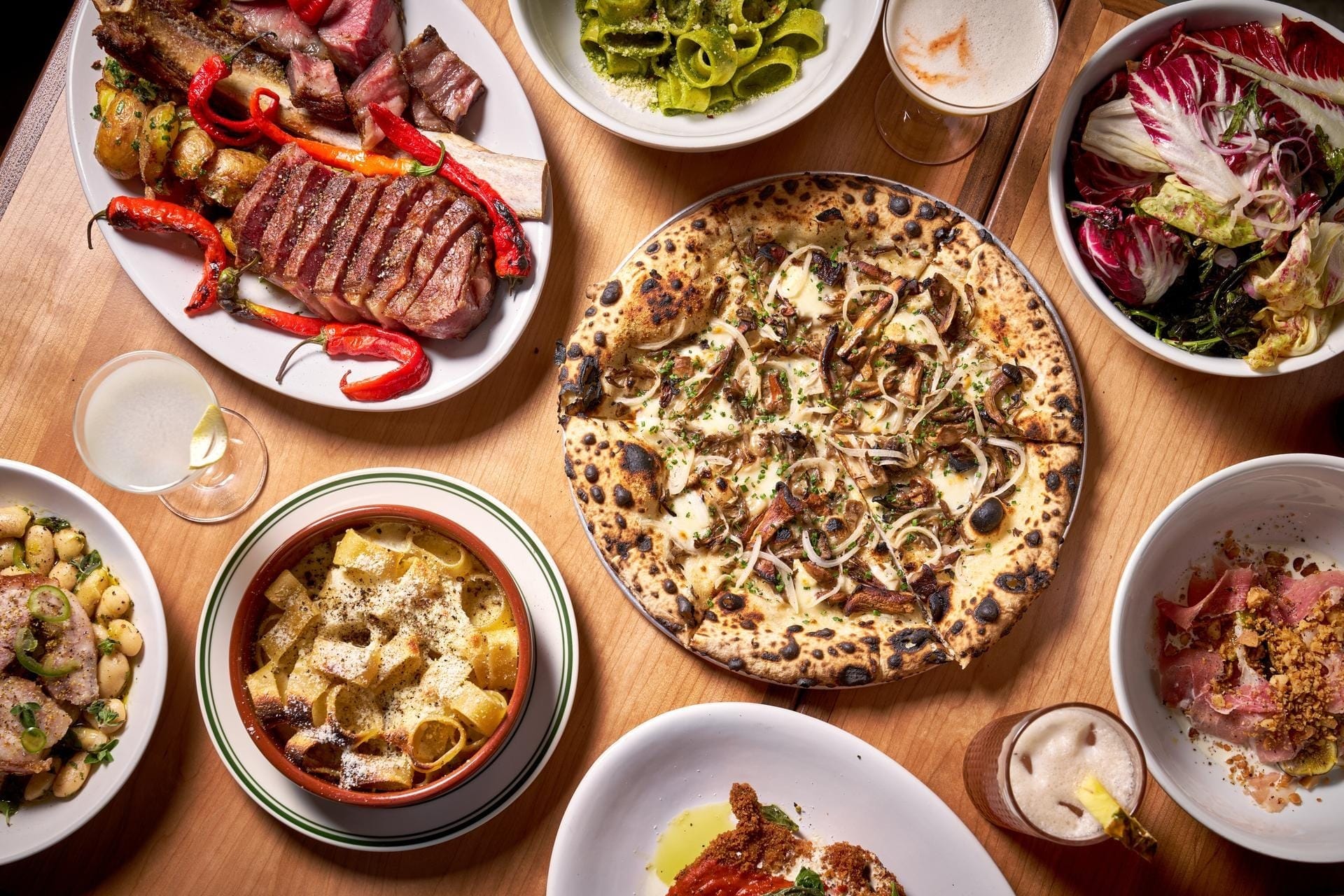How Roberta’s scaled up without selling out
Co-founder Brandon Hoy on pop-ups, menu innovation and staying true to the scrappy spirit that started it all
• public
From its humble start in Brooklyn to its bicoastal expansion, Roberta’s has managed to scale without losing the scrappy spirit that made it a cult favorite. The group also more recently launched another small-plates Italian concept, Foul Witch, in NYC’s East Village.
Alongside partner/chef Carlo Mirarchi, co-founder Brandon Hoy has helped build the brand’s legacy and empire over the past 17 years. We chatted with him to reflect on their journey—how pop-ups helped them adapt authentically to new markets, and how financial pressures have reshaped their approach to menu innovation.
—Interview by Kelly Dobkin, edited by Lesley McKenzie
Roberta’s started as a scrappy neighborhood spot and grew into a globally recognized brand. How did you maintain authenticity and quality while scaling (especially to a whole other coast!)?
We realized we couldn’t replicate the exact magic of our Bushwick location, so we focused on identifying what was at the core of what we do: quality ingredients, craftsmanship, a sense of community and a little escapism.
Before most of our permanent moves, we popped up in new markets. This gave us a lot of answers as to who our guests really were and what was driving them. We discovered key differences—the L.A. crowd was more health-conscious and dined in smaller, intimate groups, while Bushwick attracted creative types in large groups looking for a fun night out.
The pop-up strategy allowed us to learn how to deliver our four core values authentically in each new market. Rather than forcing the Bushwick experience onto different cities, we adapted our approach while maintaining our standards.
What is your biggest operational challenge when it comes to running multiple restaurants and concepts?
Our biggest operational challenge is finding the right people. It’s proven incredibly difficult to find individuals who are truly passionate about the food industry—people who genuinely love food, wine, cocktails and, most importantly, love working with people. We need team members who can handle difficult, complex tasks while maintaining that genuine passion for hospitality. It’s a rare find.

How do you balance creativity and menu innovation with financial realities?
This is a great question, and I think a lot of operators struggle with this balance. The operational costs of running restaurants are through the roof. What has always been a very low-margin business has become even more challenging over the last decade.
When it comes to innovation, we lead with creativity first. We go for it and really try to create things that are truly amazing, then we put the financial structure around it and try to make it make sense. There’s a value-engineering moment where you have to ask hard questions: Does this process or product really make the experience better?
Rising food costs have actually pushed us toward simpler menus—and that’s not necessarily a bad thing. The key is being disciplined about that evaluation process. We won’t compromise on the things that define our brand and create genuine value for guests, but we’ve learned to be ruthless about cutting complexity that doesn’t add real impact. Sometimes, the financial constraints force you to find more elegant solutions.
What advice do you have for chefs who want to open their first restaurant?
Be prepared for failure. The greatest attribute you can have in this industry is failure amnesia. When you get knocked down, get back up.
This is a hard business, but if you love it, it can be the most rewarding investment you’ll ever make.
Thanks for reading today's edition! You can reach the newsletter team at editor@theprep.co. We enjoy hearing from you.
Interested in advertising? Email us at newslettersales@mvfglobal.com
Was this email forwarded to you? Sign up here to get this newsletter once a week.
The Prep is written by Kelly Dobkin and edited by Lesley McKenzie.
